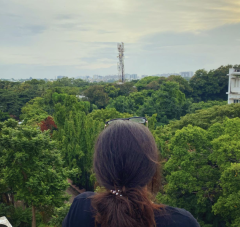Brand audit-
Company: Nike, Inc. is an American multinational association that is involved in the design, development, manufacturing and worldwide marketing and sales of athletic apparel, footwear, accessories, equipment and services. Apart from its own brand, Nike market its products under Nike Pro, Nike+, Nike Golf, Nike Blazers, Air Jordan, Air Max and other as well as subsidiaries including brands Jordan, Hurley Int. and Converse. Nike sponsors many high-profile athletes and sports teams around the world, with the highly recognized trademarks of “Just Do It” and the Swoosh logo (which represents the wing of the Greek goddess Nike).
Competitors: Nike’s top competitors include VF Corporation, lululemon athletica, Under Armour, Adidas, Reebok, PUMA, Skechers, New Balance, FILA, ASICS and Anta.
Context: Nike’s mission is what drives it to do everything possible to expand human potential. They do that by creating groundbreaking sport innovations, by making our products more sustainably, by building a creative and diverse global team and by making a positive impact in communities and work.
Customers: Nike targets both high end and low-end market segments. They cater to all genders and age groups. From products for high performance athletes, to basic trainers stay at home parents and children.
Culture: Nike believes in diversity and equality. As quoted by the co-founder Bill Bowerman, “If you have a body, you are an athlete”, Nike promises to deliver quality products to anyone who needs it. Nike believes in having a positive impact, accomplishing more together and being bold.
Brand film-
Rationale-
We chose to do a brand film on the famous ‘Nike AirMax’ shoes. The shoes provide a comfortable and breathable walking experience for the consumer. The shoes feel light and airy to walk on. We wanted to focus on one of the main elements of the shoe- air. We chose to have a storyline and also incorporate our main element ‘air’ in abstract manner. Air cannot be seen, however it can be felt, we came up with the idea of having the main character having air blown on her throughout the film, making her hair fly and capturing her expression as this is being done. For the abstract part of our film, we decided to capture a dancer doing various movements that depict certain feelings which are linked to our main element ‘air’, along with a few shots which we thought went well together. The concept of focusing on one element and adding abstract shots for an artistic touch felt new and refreshing to us as a team, and decided to go ahead with it.

